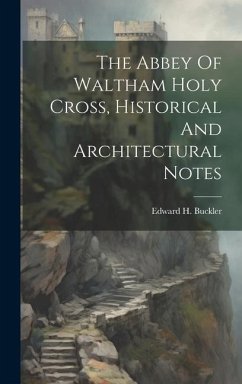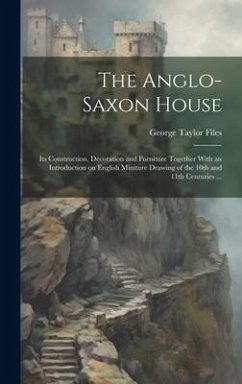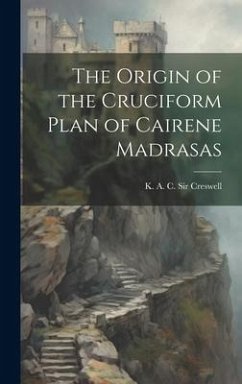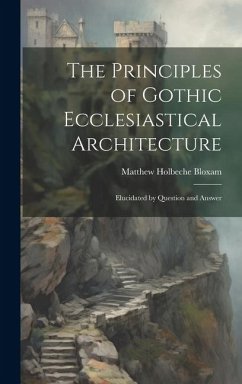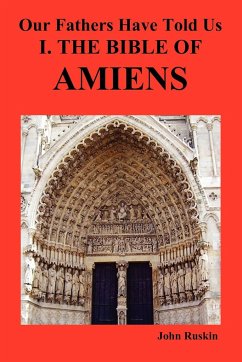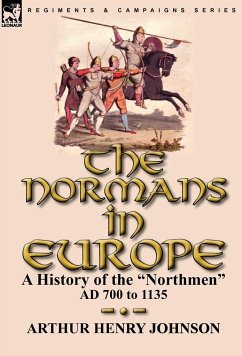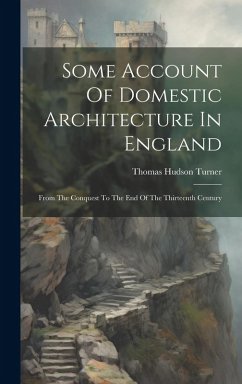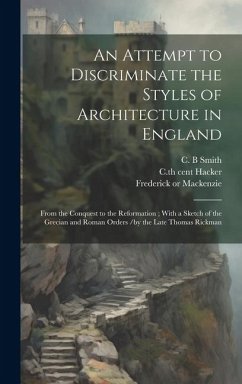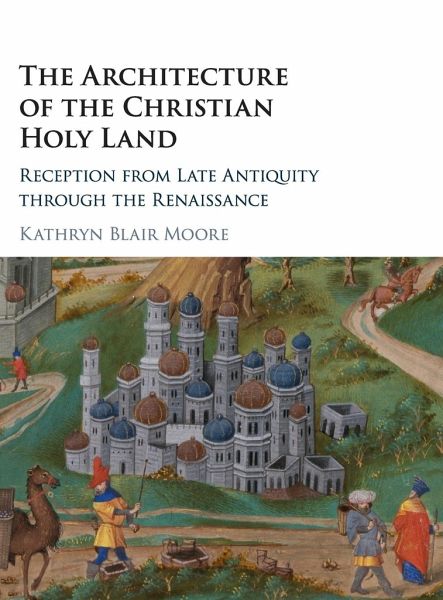
The Architecture of the Christian Holy Land
Versandkostenfrei!
Versandfertig in 1-2 Wochen
155,99 €
inkl. MwSt.
Weitere Ausgaben:

PAYBACK Punkte
78 °P sammeln!
In the absence of the bodies of Christ and Mary, architecture took on a special representational role during the Christian Middle Ages, marking out sites associated with the bodily presence of the dominant figures of the religion. Throughout this period, buildings were reinterpreted in relation to the mediating role of textual and pictorial representations that shaped the pilgrimage experience across expansive geographies. In this study, Kathryn Blair Moore challenges fundamental ideas within architectural history regarding the origins and significance of European recreations of buildings in J...
In the absence of the bodies of Christ and Mary, architecture took on a special representational role during the Christian Middle Ages, marking out sites associated with the bodily presence of the dominant figures of the religion. Throughout this period, buildings were reinterpreted in relation to the mediating role of textual and pictorial representations that shaped the pilgrimage experience across expansive geographies. In this study, Kathryn Blair Moore challenges fundamental ideas within architectural history regarding the origins and significance of European recreations of buildings in Jerusalem, Bethlehem, and Nazareth. From these conceptual foundations, she traces and re-interprets the significance of the architecture of the Holy Land within changing religious and political contexts, from the First Crusade and the emergence of the Franciscan Custody of the Holy Land to the anti-Islamic crusade movements of the Renaissance, as well as the Reformation.





